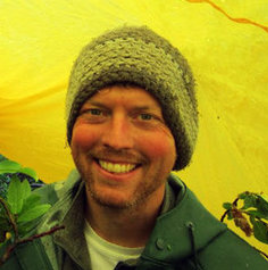Brian Buma
University of Colorado Denver/ National Geographic
Dr. Buma is interested in the process of change in natural systems. In particular, his work focuses on disturbances like fire, wind, and landslides, and the subsequent change in species composition and ecosystem functioning. His work spans from Alaska to Chile, generally focusing on high elevation and high latitude forested systems, species migration, and carbon/water cycling. As a National Geographic Explorer (story feature in the June 2021 magazine), he is also interested in science communication, historical ecology, and telling interesting stories to the public about the natural world. Read more about Brian’s work at brianbuma.com. He started as a conservationist in Hawaii, then a wilderness backcountry goat researcher in Washington State, before moving into forest disturbance, carbon, and climate change ecology around the world. In Sitka, Buma has worked to quantify the relationship between landslides and forests. In one of his recent publications, Buma and his collaborators found that landslides in Sitka had shorter run outs as compared to landslides of similar volumes globally, likely due to large quantities of standing trees and large woody debris within the flows. His work illustrates the roles of debris flow and vegetation in long-term landscape change and carbon transport, while also demonstrating the need to incorporate ecological factors into landslide mechanics and therefore debris flow runout models. He has also spent time quantifying carbon across southeast Alaska in both forests and soils, with the goal of providing tools for communities to manage their carbon resources - a recently funded project (2021-2024) will explicitly build carbon management and marketing tools for southeast Alaska and coastal BC.

